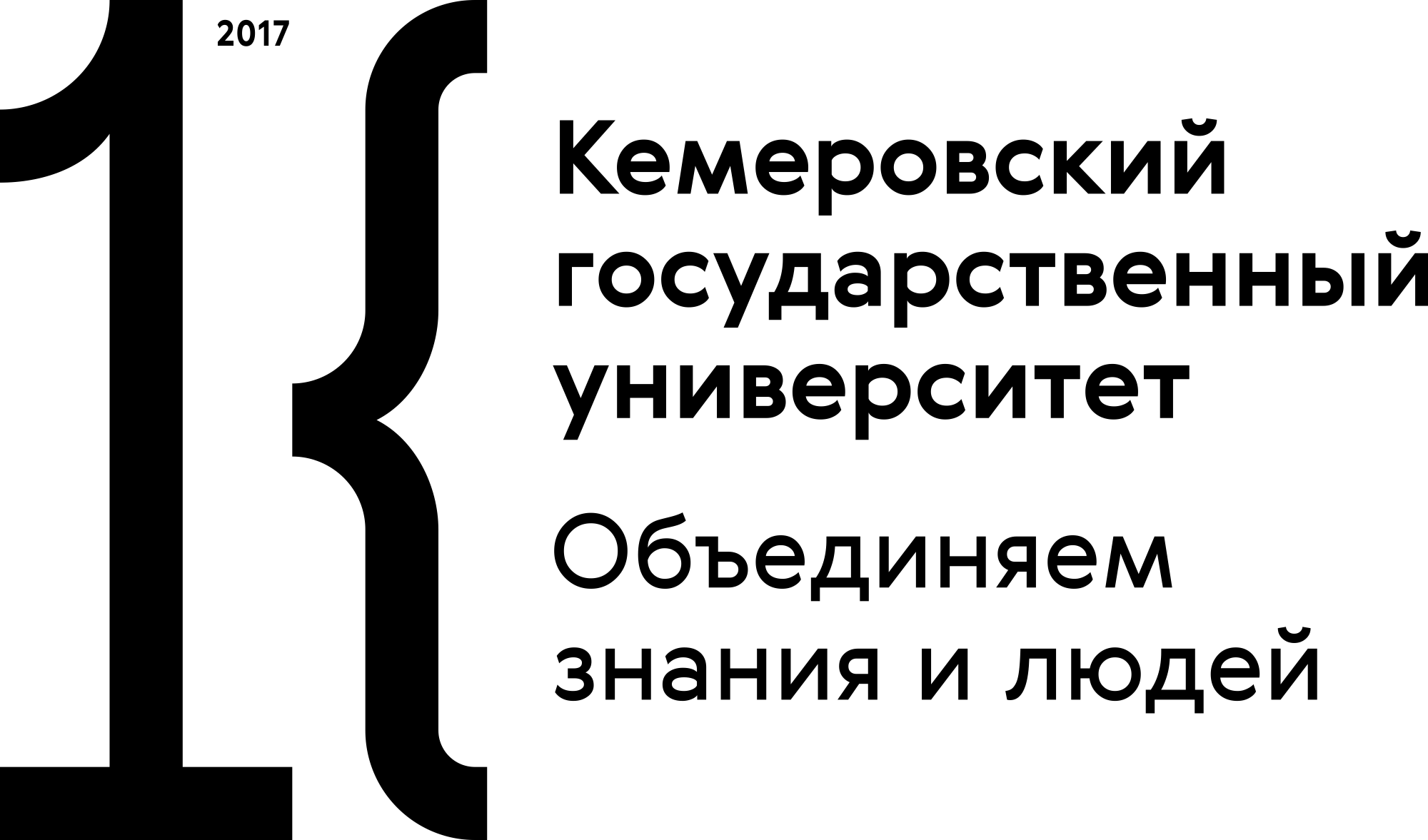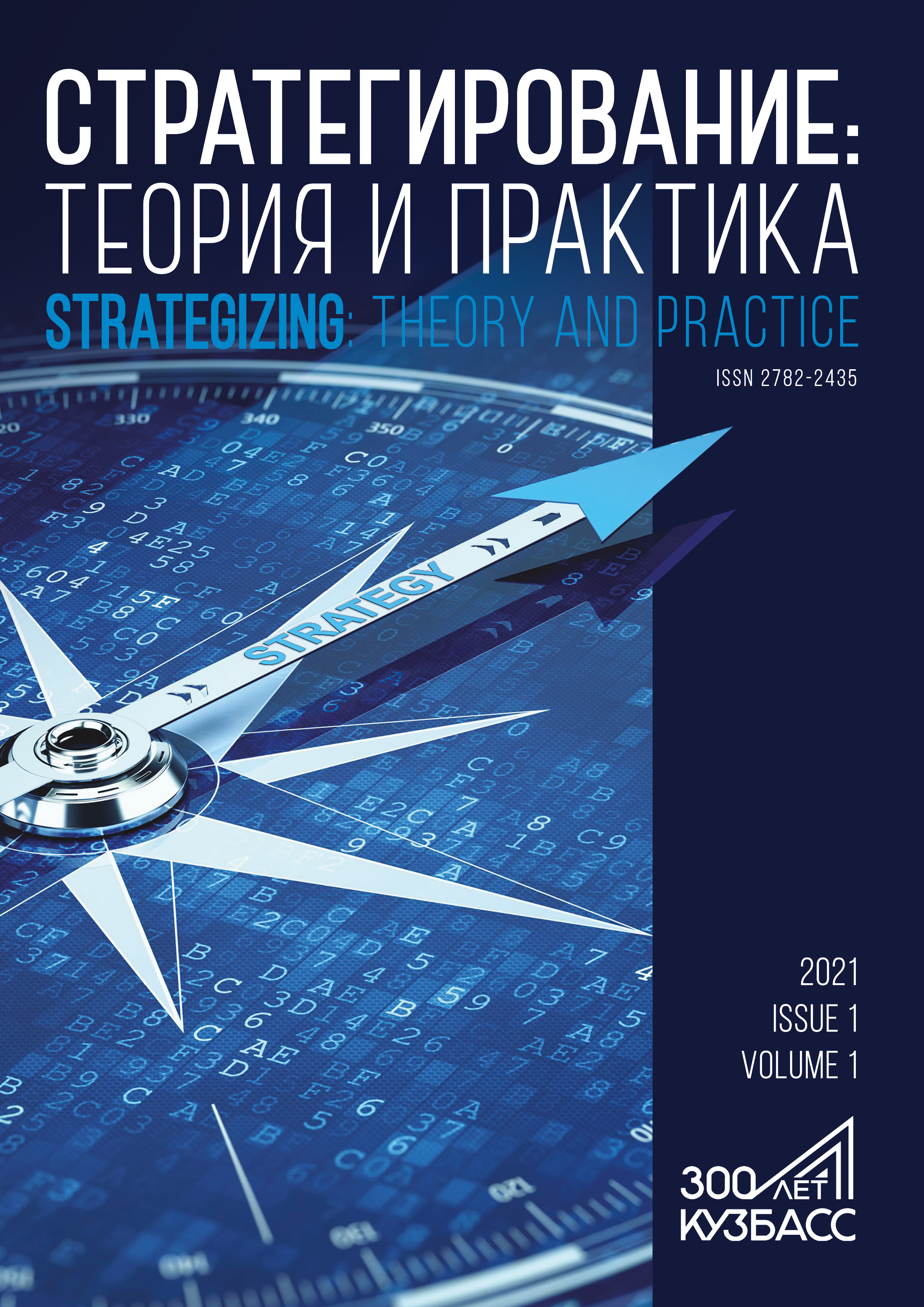Institute of Complex Systems Mathematical Research Lomonosov Moscow State University (Strategic Studies Center, Leading Researcher Fellow)
Moscow, Moscow, Russian Federation
Introduction. The welfare of the state depends on the efficient use of labor resources. The time gap between the economy’s need for special personnel and their professional training and adaptation reduces their efficiency and requires a methodologically precisely developed tool, i.e. a strategy. This is especially relevant due to the increasing uncertainty in the economic and social development, the emergence of new opportunities and threats associated with digitalization, robotization, globalization and world epidemics, etc. Study objects and methods. The present research was based on the theory of strategy and methodology of strategizing developed by Foreign Member of the Russian Academy of Sciences, Dr.Sci(Econ.), professor V.L. Kvint. The ultimate goal of implementing any strategy (global, national, regional, sectoral, corporate, and personal) according to the methodology of V.L. Kvint is to improve the quality and standard of human life. Results and discussion. The main elements are: strategic opportunities for the development of labor resources, strategic interests, strategic priorities for the development of labor resources, competitive advantages of labor resources, mission of development of labor resources, vision of development of labor resources, efficiency of development of labor resources. There are seven main stages. The preliminary (organizational) stage includes the emergence of an idea about the need for a strategy, the choice of a strategy methodology and a team of strategists. The first step involves identifying strategic opportunities based on identifying trends. The second stage determines interests and strategic priorities, while the third stage defines competitive advantages. The fourth stage features the mission of human resources development. The fifth stage is aimed at the vision of the development of labor resources, the sixth concentrates on efficiency, and the seventh is the implementation of the strategy. Conclusion. Effective and efficient strategizing of the development of labor resources requires strict adherence to the methodology and consistent passage of all the necessary stages.
strategizing of labor resources, strategic opportunities, labor resources, strategic interests, strategic priorities, competitive advantages
1. Kvint VL. The concept of strategizing. Kemerovo: Kemerovo State University; 2020. 170 p. (In Russ.). https://doi.org/10.21603/978-5-8353-2562-7
2. Kvint VL. Theoretical basis and methodology of strategizing of the private and public sectors of the Kuzbass region as a medial subsystem of the national economy. Russian Journal of Industrial Economics. 2020;13(3):290-299. (In Russ.). https://doi.org/10.17073/2072-1633-2020-3-290-299
3. Kvint VL. Theory and practice of strategizing. Tashkent: Tasvir; 2018. 160 p. (In Russ.)
4. Kvint VL. Strategic planning in Russia and the world: importance of human interactions. Economics and Management. 2014;109(11):15-17. (In Russ.)
5. Novikova IV. Identification of strategic priorities for the training of employees, ensuring the stability of an industrial enterprise. Problems and prospects for the development of industry in Russia: Proceedings of the VII International Scientific and Practical Conference; 2020; Moscow. Moscow: Plekhanov Russian University of Economics; 2020. p. 273-276. (In Russ.).
6. Novikova IV. Classification of trends, strategic priorities, interests and competitive advantages. Strategizing: Theory and Practice: Book of abstracts III International Research-to-Practice Conference; 2020. Moscow. Moscow: Lomonosov Moscow State University; 2020. P. 26-28. (In Russ.).
7. Novikova IV. The concept of employment strategy for the digital economy. Kemerovo: Kemerovo State University; 2020. 254 p. (In Russ.). https://doi.org/10.21603/978-5-8353-2609-9
8. Novikova IV. Strategic management of labor resources. Russian Journal of Industrial Economics. 2018;11(4):318-326. (In Russ.). https://doi.org/10.17073/2072-1633-2018-4-318-326
9. Novikova IV. Forming the personal strategy of a digital human. Economic Revival of Russia. 2020;66(4):34-42. (In Russ.). https://doi.org/10.37930/1990-9780-2020-4-66-34-42
10. Piters T. A perfect strategy. How to succeed in an era of change and artificial intelligence. Moscow: Mann, Ivanov i Ferber; 2020. pp. 345-358. (In Russ.)
11. Reymond M. Researching trends. A practical guide. Moscow: Mann, Ivanov i Ferber; 2020. 240 p. (In Russ.).
12. Khorovits B. We are what we do. How to build a company culture. Moscow: Mann, Ivanov i Ferber; 2021. 256 p. (In Russ.)
13. Ehdershaym Eh. Marvin Bauer, the Founder of McKinsey & Company: Strategy, leadership, management consulting. Moscow: Alʹpina Pablisher; 2020. 278 p. (In Russ.)
14. Barrett R. Building a values-driven organization: A whole system approach to cultural transformation. Oxford: Bitterworth-Heinemann; 2006. 280 p.
15. Dyer J, Gregersen H, Christensen CM. The innovator’s DNA: mastering the five skills of disruptive innovators. Boston: Harvard Business Review guides; 2019. 320 p.
16. Furr N, Nel K, Ramsoy TZ. Leading transformation: how to take charge of your company’s future. Boston: Harvard Business Review guides; 2018. 256 p.
17. HBR guide to thinking strategically. Boston: Harvard Business Review Press; 2019. 304 p.
18. London T, Hart SL. Next Generation business strategies for the base of the pyramid: New approaches for building mutual values. Upper Saddle River: FT Press; 2011. 66 p.
19. Maxwell JC. The 21 irrefutable laws of leadership: Follow them and people will follow you. Harper Collins Leadership; 2007. 336 p.




